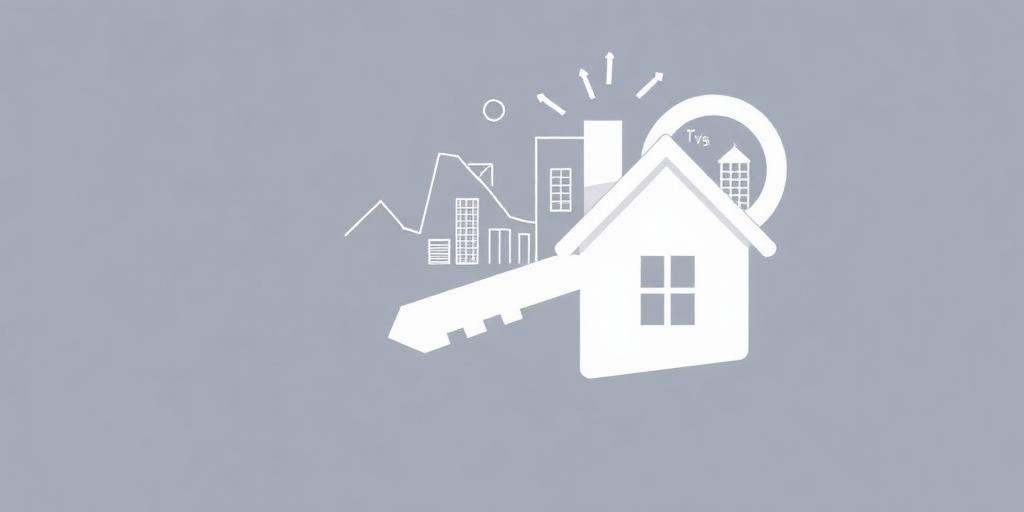Home Loan Myths You Should Stop Believing
Securing a home loan is a significant financial undertaking, often shrouded in misconceptions that can lead to poor decisions. As an authoritative voice in financial education, it's our duty to debunk these myths and empower you with accurate information. Let's dismantle some common home loan myths.
Myth 1: You Need a 20% Down Payment
One of the most pervasive myths is the necessity of a 20% down payment. While a larger down payment has its advantages, it's not always mandatory. Many lenders offer loans with down payments as low as 3% for qualified borrowers. Programs like FHA loans require even lower down payments. While a smaller down payment might mean paying for Private Mortgage Insurance (PMI), it makes homeownership accessible to a broader range of individuals.
Myth 2: Your Credit Score Needs to Be Perfect
While a stellar credit score certainly opens doors to better interest rates and loan terms, a perfect score isn't a prerequisite for obtaining a home loan. Lenders consider a range of factors, including your debt-to-income ratio, employment history, and overall financial stability. There are loan options available for borrowers with less-than-perfect credit, although the interest rates may be higher.
Myth 3: Pre-Approval Guarantees Loan Approval
Pre-approval is a valuable step in the home-buying process, indicating that a lender is likely to grant you a loan based on an initial assessment of your finances. However, it's not a guarantee. The final loan approval is contingent upon a thorough underwriting process, which includes verifying your income, assets, and creditworthiness. Unexpected changes in your financial situation can impact the final decision.
Myth 4: Fixed-Rate Mortgages Are Always the Best
Fixed-rate mortgages offer the stability of consistent monthly payments over the life of the loan. However, they aren't always the optimal choice for every borrower. Adjustable-rate mortgages (ARMs) can offer lower initial interest rates, making them attractive for those who plan to move or refinance within a few years. The best type of mortgage depends on your individual circumstances, risk tolerance, and long-term financial goals.
Myth 5: Refinancing Is Only Worth It If Interest Rates Drop Significantly
While a substantial drop in interest rates is a common reason to refinance, it's not the only one. Refinancing can also be beneficial if you want to switch from an ARM to a fixed-rate mortgage, shorten your loan term, or tap into your home equity for other financial needs. Evaluate your goals and calculate the long-term costs and benefits to determine if refinancing is the right move.
Myth 6: You Can’t Buy a Home If You Have Student Loan Debt
Student loan debt can feel like a major obstacle to homeownership, but it doesn’t automatically disqualify you. Lenders will assess your debt-to-income ratio to determine if you can comfortably afford both your student loan payments and a mortgage. Explore different repayment plans, such as income-driven repayment options, which can lower your monthly payments and improve your chances of qualifying for a home loan.
Conclusion
Navigating the world of home loans can be complex, but dispelling these common myths is the first step toward making informed decisions. By understanding the realities of home financing, you can approach the process with confidence and achieve your homeownership goals. Always consult with a qualified financial advisor to tailor a strategy to your unique circumstances.









